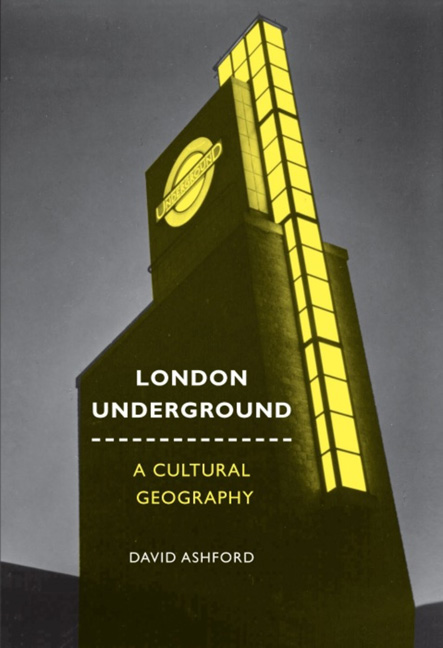Book contents
- Frontmatter
- Dedication
- Contents
- Acknowledgements
- Notes on Convention
- List of Illustrations
- The Book of the Machine: A User's Guide
- 1 Psychopathology of Modern Space
- 2 The Lord of the Dynamos
- 3 Blueprints for Babylon
- 4 Making a Home in Modernity
- 5 Christmas in Hell
- 6 Insurrection in Alphabet-City
- 7 The Ghost in the Machine
- Index
- Platesection
3 - Blueprints for Babylon
- Frontmatter
- Dedication
- Contents
- Acknowledgements
- Notes on Convention
- List of Illustrations
- The Book of the Machine: A User's Guide
- 1 Psychopathology of Modern Space
- 2 The Lord of the Dynamos
- 3 Blueprints for Babylon
- 4 Making a Home in Modernity
- 5 Christmas in Hell
- 6 Insurrection in Alphabet-City
- 7 The Ghost in the Machine
- Index
- Platesection
Summary
Beneath the pavement, sunk in the earth, hollow drains lined with yellow light for ever conveyed them this way and that, and large letters upon enamel plates represented in the underworld the parks, squares, and circuses of the upper. ‘Marble Arch – Shepherd's Bush’ – to the majority the Arch and the Bush are eternally white letters upon a blue ground. Only at one point – it may be Acton, Holloway, Kensal Rise, Caledonian Road – does the name mean shops where you buy things, and houses, in one of which, down to the right, where the pollard trees grow out of the paving stones, there is a square curtained window, and a bedroom.
(Virginia Woolf, Jacob's Room, 1922)The historian Eric Hobsbawm once made the startling claim that the most original work of avant-garde art produced in Britain between the wars was Harry Beck's Tube Map (Figure 1). In a fascinating essay published in the book Imagined Londons, David L. Pike examined the basis for this polemical assertion, and concluded that ‘By simplifying the complex network of urban railway lines into a visually pleasing and easily legible map bearing little or no relation to either the experiential or the physical metropolis of London, Beck codified a particularly modernist conception of space’. In Pike's view, the Tube Map fits into a genealogy of modernist space that originated in the mid-nineteenth century with the blue and red and yellow lines Baron Haussmann imposed upon a map of Paris. ‘Such projects undertook, in the physical space of Paris, to control the chaotic, ungraspable reality of the modern city through color-coding, straight lines, and diagonal cuts.’ Beck's Map achieved this same goal but, in a manner symptomatic of the history of such schemes in London, through its impact upon the representational, rather than physical, space of London. The tangle of subsurface railways, Tube-railways and light railways, built at multiple times and at various levels, had been flattened out and homogenised in a totalising vision of what French sociologist Henri Lefebvre termed abstract space, that is to say, the conception of space as a coherent, homogenous whole, which can consequently be bought and exchanged in the same manner as any other commodity: ‘Abstract space is a planned and organised space, thought rather than lived, and known conceptually rather than directly experienced’.
- Type
- Chapter
- Information
- London UndergroundA Cultural Geography, pp. 63 - 92Publisher: Liverpool University PressPrint publication year: 2013

